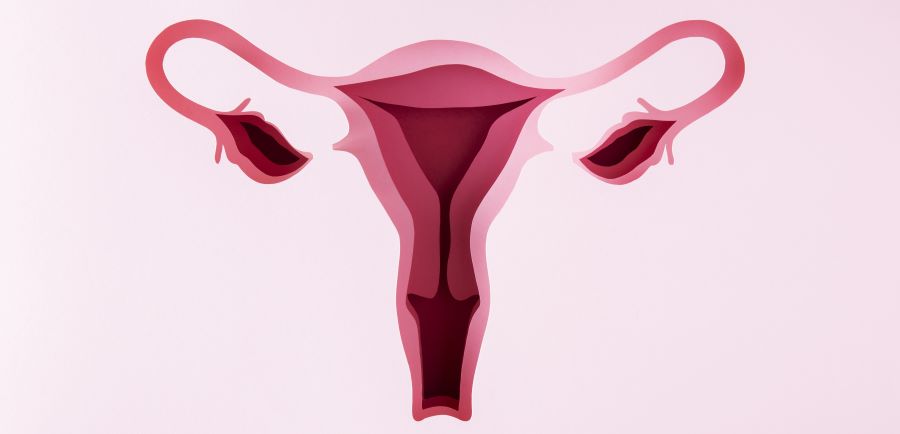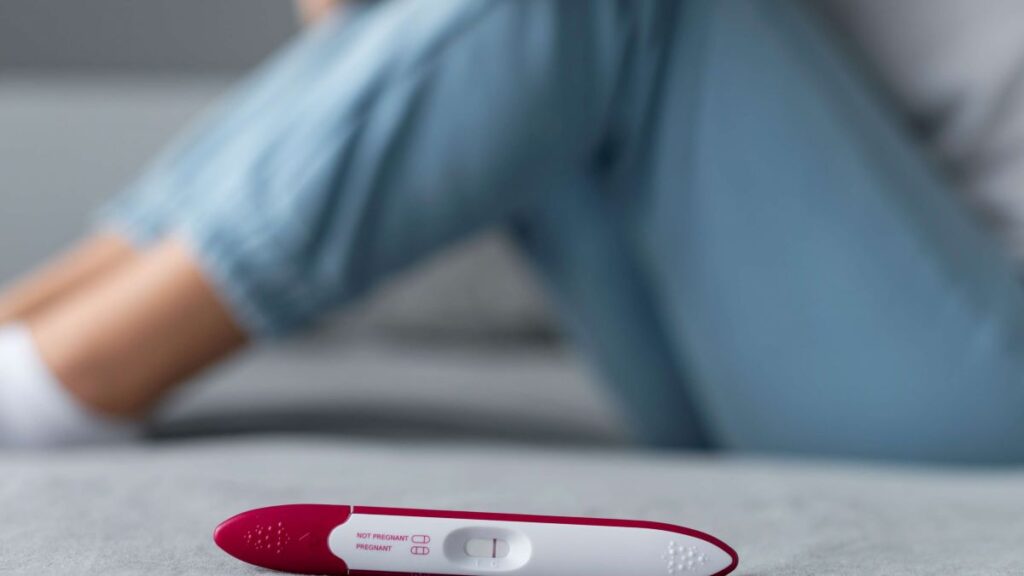For many couples, the journey to parenthood is a cherished dream, filled with anticipation and excitement. However, when the road to conception becomes paved with obstacles, it can be a challenging and emotionally taxing experience. Female infertility is a common but often misunderstood issue that affects countless women and their partners worldwide. In this comprehensive guide, we will delve into the various aspects of female infertility, from its causes and risk factors to diagnosis and available treatment options.
Table of Contents
Understanding Female Infertility
Female infertility is a condition that prevents a woman from conceiving or carrying a pregnancy to term. It’s essential to note that infertility is not just a woman’s issue; it can be a shared concern between partners. In fact, female infertility accounts for approximately one-third of all infertility cases, with male infertility, a combination of both, or unexplained factors accounting for the rest.
Causes of Female Infertility
1. Ovulatory Disorders:
Ovulatory disorders are a common cause of female infertility. Conditions like Polycystic Ovary Syndrome (PCOS) and primary ovarian insufficiency can disrupt the regular release of eggs, leading to difficulties in conception. Fortunately, treatments such as medication and lifestyle adjustments are available to help restore proper ovulation and improve fertility.
Polycystic Ovary Syndrome (PCOS) is a prevalent ovulatory disorder characterized by hormonal imbalances, leading to irregular menstrual cycles. It is a leading cause of infertility in women of childbearing age. PCOS treatment often involves medications like Clomiphene citrate to induce ovulation and increase the chances of getting pregnant.
2. Fallopian tube infertility:
Fallopian tube infertility is a significant contributor to female infertility, often overshadowed by other factors. When the fallopian tubes are damaged or blocked, they hinder the passage of eggs from the ovaries to the uterus, making it challenging for sperm to meet the egg for fertilization. This condition, although less talked about, can be a crucial aspect of female infertility.
Fortunately, medical interventions, including surgery to repair or unblock the fallopian tubes, offer hope for couples facing this specific issue on their journey to parenthood. Addressing fallopian tube infertility is essential, as it can significantly improve the chances of natural conception and a successful pregnancy.

3. Uterine Issues:
Uterine issues are a notable component of female infertility, encompassing various conditions that affect the uterus’s structure and function. Conditions like fibroids, polyps, and congenital anomalies can hinder the implantation of a fertilized embryo or disrupt the reproductive process, leading to difficulties in conception. A thorough evaluation by a healthcare provider is essential to diagnose and address these uterine issues, as they can significantly impact a woman’s ability to achieve a successful pregnancy. Understanding and treating uterine issues is a critical step in the journey to overcoming female infertility and realizing the dream of parenthood.
4. Age-Related Factors:
Age-related factors are a significant and often overlooked aspect of female infertility. As women age, their fertility naturally declines. This is primarily due to a decrease in both the quantity and quality of eggs in the ovaries. For women in their 20s and early 30s, fertility is generally at its peak. However, as women approach their mid-30s and beyond, the chances of conceiving naturally decrease, and the risk of pregnancy complications, such as chromosomal abnormalities, miscarriages, and birth defects, increases. While it’s still possible to conceive at an older age, it often requires more time and, in some cases, assisted reproductive technologies (ART) like in vitro fertilization (IVF). Age-related factors underscore the importance of understanding one’s reproductive timeline and seeking timely medical advice for those who wish to start a family later in life.
5. Lifestyle Factors:
Lifestyle factors play a crucial role in female infertility and can significantly impact a woman’s ability to conceive. Unhealthy habits and choices can lead to hormonal imbalances, irregular menstrual cycles, and other reproductive issues. Smoking, for example, not only reduces fertility but also increases the risk of miscarriage and ectopic pregnancies. Excessive alcohol consumption can disrupt hormone levels and impair ovarian function. Poor nutrition and extreme dieting can lead to nutrient deficiencies that affect reproductive health. Additionally, high levels of stress can interfere with ovulation and disrupt the menstrual cycle. It’s essential for women and their partners to recognize the impact of lifestyle choices on fertility and consider making positive changes to improve their chances of successful conception. By adopting a healthier lifestyle, individuals can enhance their reproductive well-being and increase their prospects of achieving a healthy pregnancy.
6. Pelvic Inflammatory Disease (PID):
Female infertility is a complex condition that can result from various factors, including ovulatory disorders, structural issues in the reproductive system, or underlying medical conditions. It often leads to challenges in conceiving and can be emotionally distressing. Seeking medical evaluation and guidance is essential for addressing the root causes and exploring treatment options to overcome female infertility and fulfill the desire for parenthood.
Diagnosing Female Infertility
If you’ve been trying to conceive for over a year (or six months if you’re over 35) without success, it’s time to seek professional help. A fertility specialist can perform a series of tests to diagnose the root cause of female infertility. These tests may include blood work to assess hormone levels, ultrasound to examine the reproductive organs, and procedures like hysterosalpingography (HSG) to check the condition of the fallopian tubes.
Treatment Options for Female Infertility
The treatment of female infertility depends on the underlying cause. Here are some common treatment options:
1. Lifestyle Changes:
In the realm of treatment options for female infertility, lifestyle changes are pivotal. These modifications encompass areas such as diet, exercise, stress management, sleep, and habits like smoking and alcohol consumption. Implementing positive lifestyle changes can complement medical interventions, enhancing the chances of overcoming female infertility and achieving the goal of parenthood.
2. Medications:
Ovulation-inducing medications, such as Clomiphene citrate or Metformin, are often prescribed to address female infertility. These medications can help regulate the menstrual cycle and improve ovulation, increasing the chances of successful conception. They are commonly used in cases of conditions like polycystic ovary syndrome (PCOS) or anovulation, where the normal ovulation process is disrupted. Ovulation induction can be a valuable treatment option for individuals seeking to overcome fertility challenges.
3. Surgery:
Surgery can be a viable treatment option for addressing female infertility, especially when structural issues in the reproductive system are identified. Surgical procedures, such as laparoscopy or hysteroscopy, can be used to correct problems like blocked fallopian tubes, uterine fibroids, or polyps, which may impede fertility. Additionally, surgical interventions can help resolve conditions like endometriosis or ovarian cysts that could be contributing to infertility. These procedures aim to restore the normal function of the reproductive organs and improve the chances of successful conception.
4. Egg Donation and Surrogacy:
Egg donation and surrogacy are advanced fertility treatments that offer hope to individuals or couples facing female infertility. In cases where a woman’s eggs are not viable or a woman cannot carry a pregnancy, egg donation involves using eggs from a donor, fertilizing them with sperm, and implanting the resulting embryo into the recipient’s uterus. Surrogacy, on the other hand, involves a surrogate mother carrying the embryo to term on behalf of the intended parents. These options provide alternative pathways to parenthood for those struggling with female infertility, although they come with unique legal, ethical, and emotional considerations.
Emotional and Psychological Support
Facing female infertility can take an emotional toll on both women and their partners. It’s crucial to remember that you are not alone, and seeking emotional support is as essential as seeking medical help. Many support groups, counselors, and therapists specialize in infertility-related issues. Sharing your feelings and experiences with others who understand your struggles can be a source of comfort and strength.
Conclusion
Female infertility is a complex and challenging issue that affects many women and their partners. However, with advancements in medical technology and an array of available treatments, there is hope for those facing this difficult journey. By understanding the causes, seeking diagnosis, exploring treatment options, and seeking emotional support, couples can navigate the road to parenthood more successfully. Remember that there is no one-size-fits-all solution, and the path to parenthood may be unique for each individual. It’s a journey worth embarking upon with determination, love, and support.

